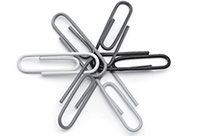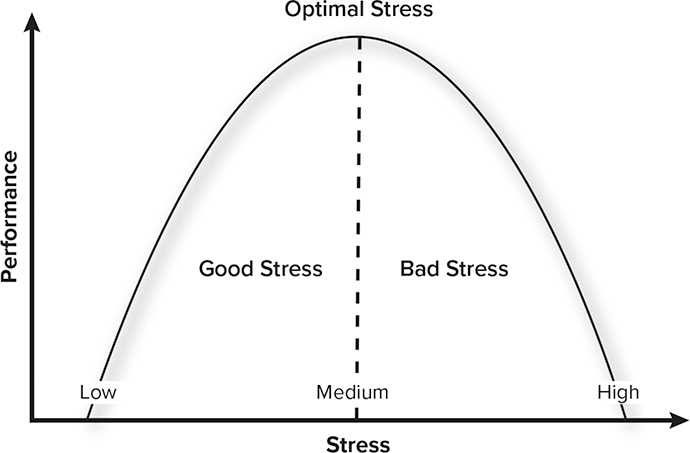
39
STEP OUTSIDE YOUR COMFORT ZONE
Being a Little Terrified Is Good for You
Fear is excitement in need of an attitude adjustment.
—A FORTUNE COOKIE
When my son was five, I strapped him to my waist and ran down the beach in Bali until a parasail lifted us into the sky. We were flying. It was exhilarating. The new vantage point was fabulous. I’ve pushed myself to ski off mountains (with a parachute), raft class five rapids, and rappel off a 65-story building. The adrenaline rush relaxes me. I focus only on the present. At work as in sport, I have plunged myself into potentially anxious (periodically mildly dangerous) situations. It keeps me alert and, hopefully, a touch more interesting and informed. I believe being a little terrified is good for you.
Resting in a place where stress is minimal, where you know what’s coming next and can plan accordingly, may at first seem like a good plan, but the negative impacts are insidious. You didn’t sign up for the coding course when it was offered by the company because no one you knew was taking the class; you opted out of the entrepreneurs support group because you prefer playing video games with your brothers online; and you didn’t take the time to get to know the new hires who have now been promoted over you. You’ve stagnated while everyone is moving on. In an increasingly ambiguous and accelerated world, those who jump into the unknown, experiment, embarrass themselves, bruise their egos, and start again, position themselves for some of the biggest rewards. Being slightly on edge kicks your system into gear.
Have you ever noticed that you perform better when you are just a little bit nervous? Did you ever do better at an athletic event after making eye contact with your biggest opponent? Did you ever score higher on an exam when you were somewhat pressured about your result? In 1908, psychologists Robert M. Yerkes and John D. Dodson explained that maximal performance occurs when our stress levels are slightly higher than normal. This is called optimal stress, and it’s just outside our comfort zone.
The Yerkes-Dodson Law

Being uncomfortable can push us to achieve goals we never thought we could.
THIS IS FOR YOU IF
• You eat the same lunch every day (often with the same group of friends).
• Mess makes you anxious.
• You like things perfect and in their place.
• You expect to be flawless, always.
TAKE ACTION
![]() Try saying yes to three things you usually say no to, and then say no to three things you usually say yes to.
Try saying yes to three things you usually say no to, and then say no to three things you usually say yes to.
![]() Take small steps, like driving a different route to work or turning your desk at an alternate angle. Pick up a magazine devoted to an interest that you never explored. Sit in a new place. Try a day offline.
Take small steps, like driving a different route to work or turning your desk at an alternate angle. Pick up a magazine devoted to an interest that you never explored. Sit in a new place. Try a day offline.
![]() Create a personal mission statement about why you’re stepping out of your comfort zone, such as “to build courage” or “to become more creative.” Start a list on your phone, in a notebook, or on your office wall of ways you want to challenge yourself. Try putting a date beside each goal. If you have posted your list in your office, invite others to make suggestions or to join you.
Create a personal mission statement about why you’re stepping out of your comfort zone, such as “to build courage” or “to become more creative.” Start a list on your phone, in a notebook, or on your office wall of ways you want to challenge yourself. Try putting a date beside each goal. If you have posted your list in your office, invite others to make suggestions or to join you.
![]() Make a point of visiting the communities your organization is serving. Try holding company meetings in venues that are in the center of towns you don’t know (and might be a little uncomfortable entering), rather than in the usual locations.
Make a point of visiting the communities your organization is serving. Try holding company meetings in venues that are in the center of towns you don’t know (and might be a little uncomfortable entering), rather than in the usual locations.
KEEP IN MIND
• We don’t need to stretch ourselves all the time.
• Don’t judge yourself for being apprehensive.
